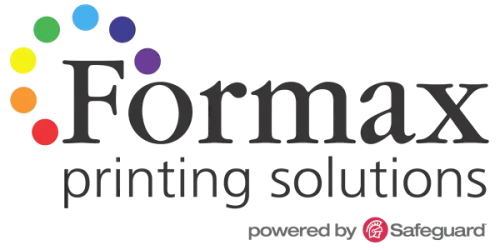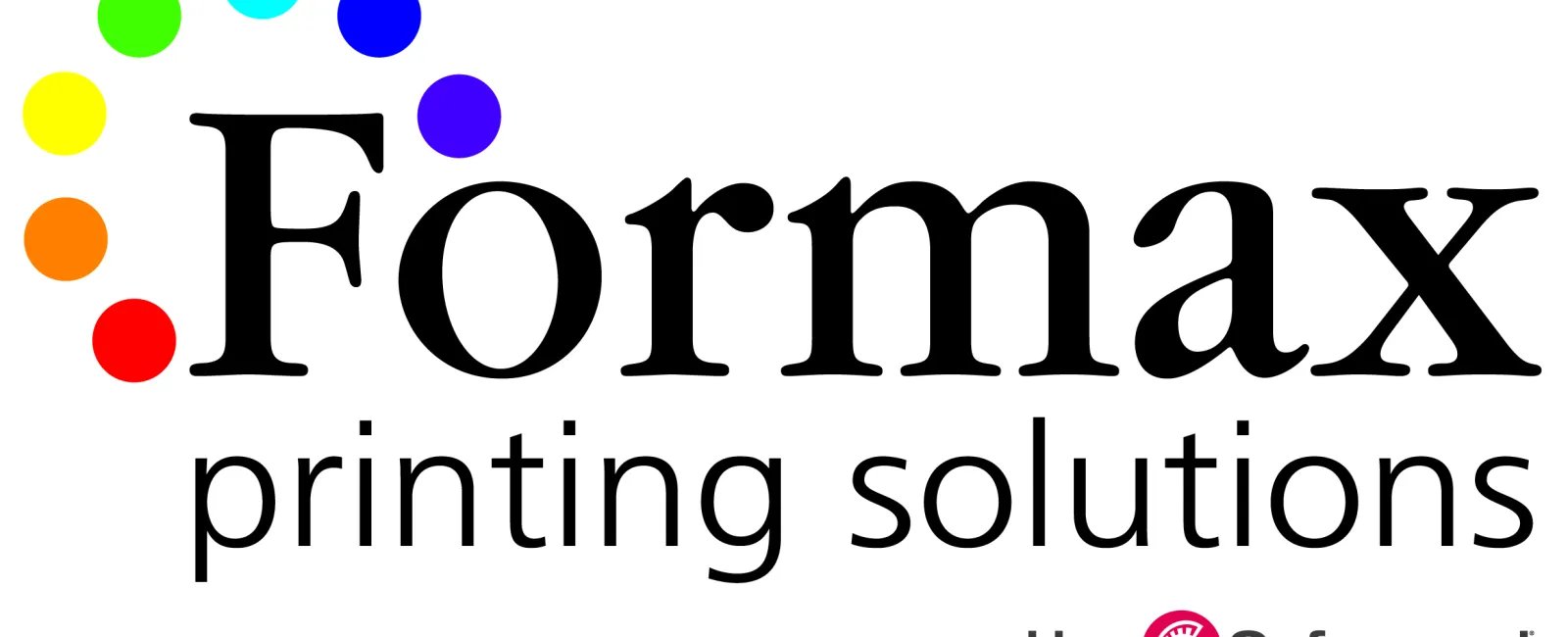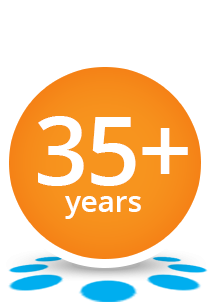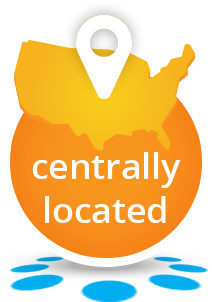Why Are Signatures Used in Long-Run Book Printing Projects?
On certain book projects, the pages of the book are printed on large sheets of paper. Known as Signatures, these sheets have multiple pages printed on each side.
Signatures are most often associated with long-run book orders printed on offset presses. They speed up the printing process, simplify the binding operation, and reduce paper waste.

What Are Signature Page Counts and Layout in Offset Printing
All Signatures contain page counts in multiples of four. Common examples include 64-page, 32-page, 24-page, 16-page, 12-page, 8-page, and 4-page Signatures. How many pages make up a Signature is determined by the book's page size as well as the size of the paper utilized by the printing press.Pages printed on a Signature sheet may look out of order and upside down, but the pages have actually been carefully arranged on the Signature sheets so they will appear in the correct order and orientation once the sheets are printed, folded, bound, and trimmed.
Most printers will prefer to lay out the Signatures for your book project, so it will be best if you do not submit your page files as Signature(s). Instead, it is recommended that you submit your file as individual pages, one after the other, in the exact order they will appear in the finished book.
By the way, if your book is 64 pages in length, create one file containing all 64 pages-don't submit 64 files with each file containing a single page. Also, be sure your file includes every page in the book. Even if some pages are completely blank, it is important that they appear in the file to ensure all of the pages get placed in the proper order. If in doubt, check with your printer beforehand.
Submitting your file as individual pages gives your printer much more flexibility, making it easier for them to arrange your book's pages into the Signature layout that will provide the most optimal production run. Arranging the pages (known as Imposition) is one of the steps your printer will perform during the pre-press phase of production.
To produce books in the most efficient manner, many high-volume book printers have set page counts and page sizes for their Signatures. In many cases, if you are able to tweak the page count (or page size) of your book to match up with a Signature offered by your printer it will result in a more cost-effective production run of your book.
For example, let's say your printer were to produce your book using 16-page Signatures. If your book is currently 82 pages, eliminating two pages would enable the page count to be an exact multiple of the print Signature (80 pages in the book = 5 Signatures x 16 pages per Signature).
Likewise, if your book is currently 78 pages, adding two pages (even if left blank at the end of the book) would also enable the page count to be an exact multiple of the print Signature (80 pages in the book = 5 Signatures x 16 pages per Signature).
If you have the design flexibility, matching your book's page count to your printer's Signature allows for the most efficient use of paper, printing plates, and production time-which often translates into a lower price for your book. Consult with your printer early in the creation process to discuss your plans and specifications. A few minutes spent with your printer at the beginning could translate to cost savings at the end.
Formax is always happy to answer your questions and discuss ways to save money on book printing. Give us a call at 866-367-6221 or submit our easy quote request form. We look forward to assisting with your next book project!
Take care! Rick




